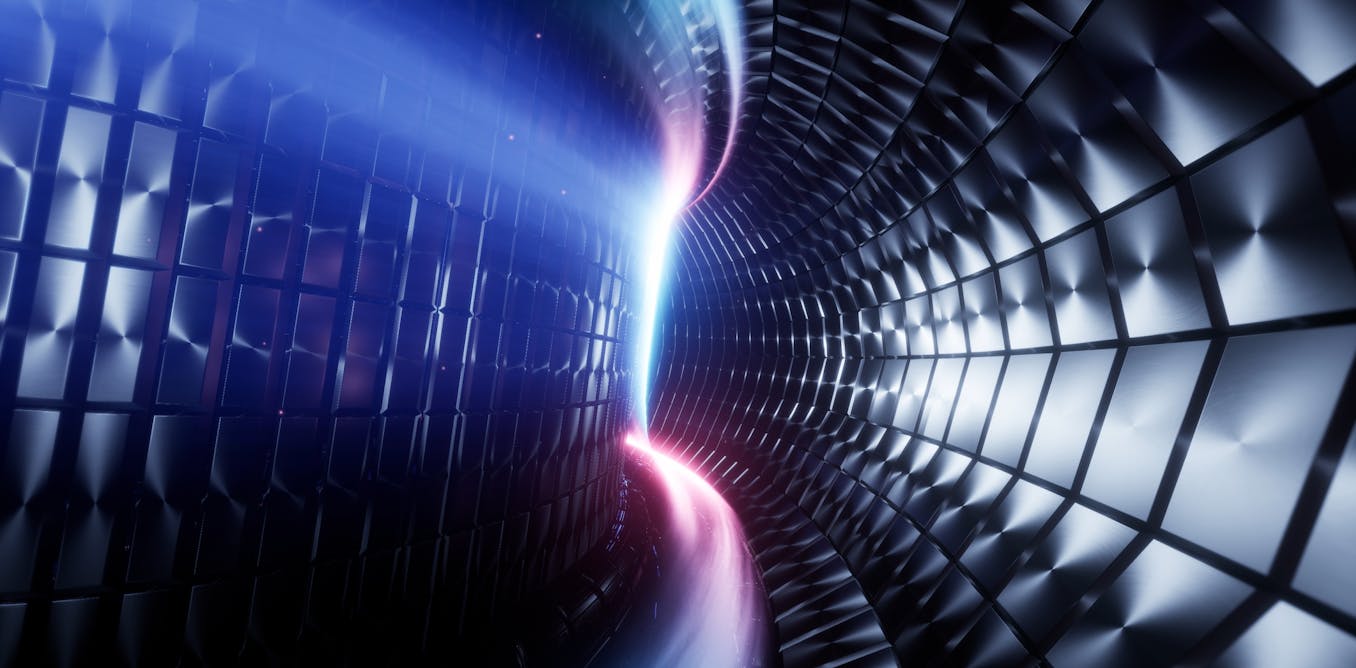nuclear power produces long-lived radioactive waste, which needs to be stored securely. Nuclear fuels, such as the element uranium (which needs to be mined), are finite, so the technology is not considered renewable. Renewable sources of energy, such as solar and wind power suffer from “intermittency”, meaning they do not consistently produce energy at all hours of the day.
fusion technologies have yet to produce sustained net energy output (more energy than is put in to run the reactor), let alone produce energy at the scale required to meet the growing demands of AI. Fusion will require many more technological developments before it can fulfil its promise of delivering power to the grid.



Also nuclear fusion has essentially zero waste.
That turns out to not be true, at least not with the tokamak reactors most groups are pursuing.
You see, at some point you need a shield around the reactor to actually absorb all the high energy particles released, and turn that energy into heat. That’s the whole point of the reactor, to generate heat and run a turbine. You absorb those high energy particles with a “blanket”, that’s just what they call the shield around the reactor.
Here’s the issue, absorbing all those high energy particles necessarily results in transmuting the material absorbing them. That blanket becomes brittle and eventually needs to be replaced. Not coincidentally, that blanket is also now radioactive, because you’ve bombarded it with protons and neutrons and it’s now partially made up of unstable, radioactive elements.
So while fission reactors have radioactive fuel rods to dispose of, fusion reactors will have radioactive blankets to dispose of. Who knows if this is an improvement.
The Max Planck Institute for Physics knows and spoiler, yes. Yes it is.
So we have to replace a few tons of shielding that’s lightly radioactive every 2-6 years. That’s literally a vehicle’s worth of waste to power tens of thousands of homes.
You’ll find that nuclear fission is not very different.
Nuclear submarines for example only need to be refueled once or twice in their multiple decade lifespan.
Yes. They’re both incredibly efficient.
And if somehow, despite that efficiency, we still have problems figuring out how to store that nuclear waste today. I know this ought to be a solvable problem, but we seem to struggle with it.
Then we chuck it in that mountain we carved out.
Hey, I agree with you, the yuca mountain facility was literally built for that. And yet, even then there was enough nimby sentiment to prevent it from going into use. Just crazy.